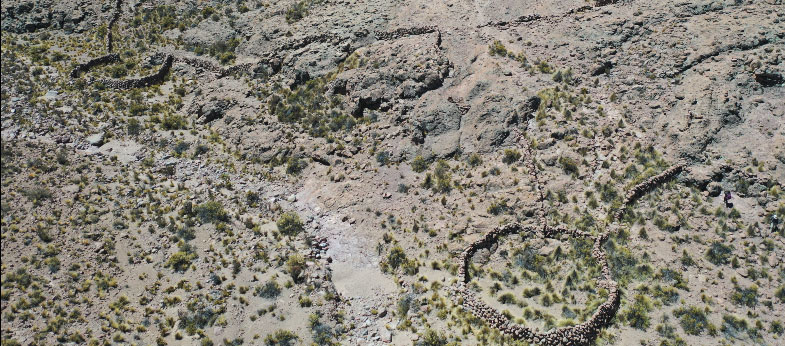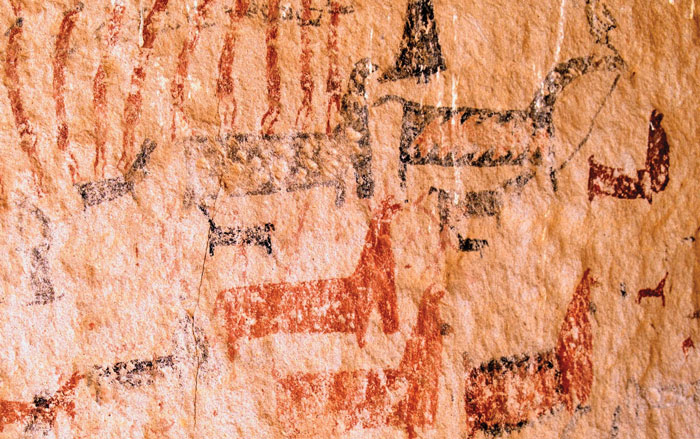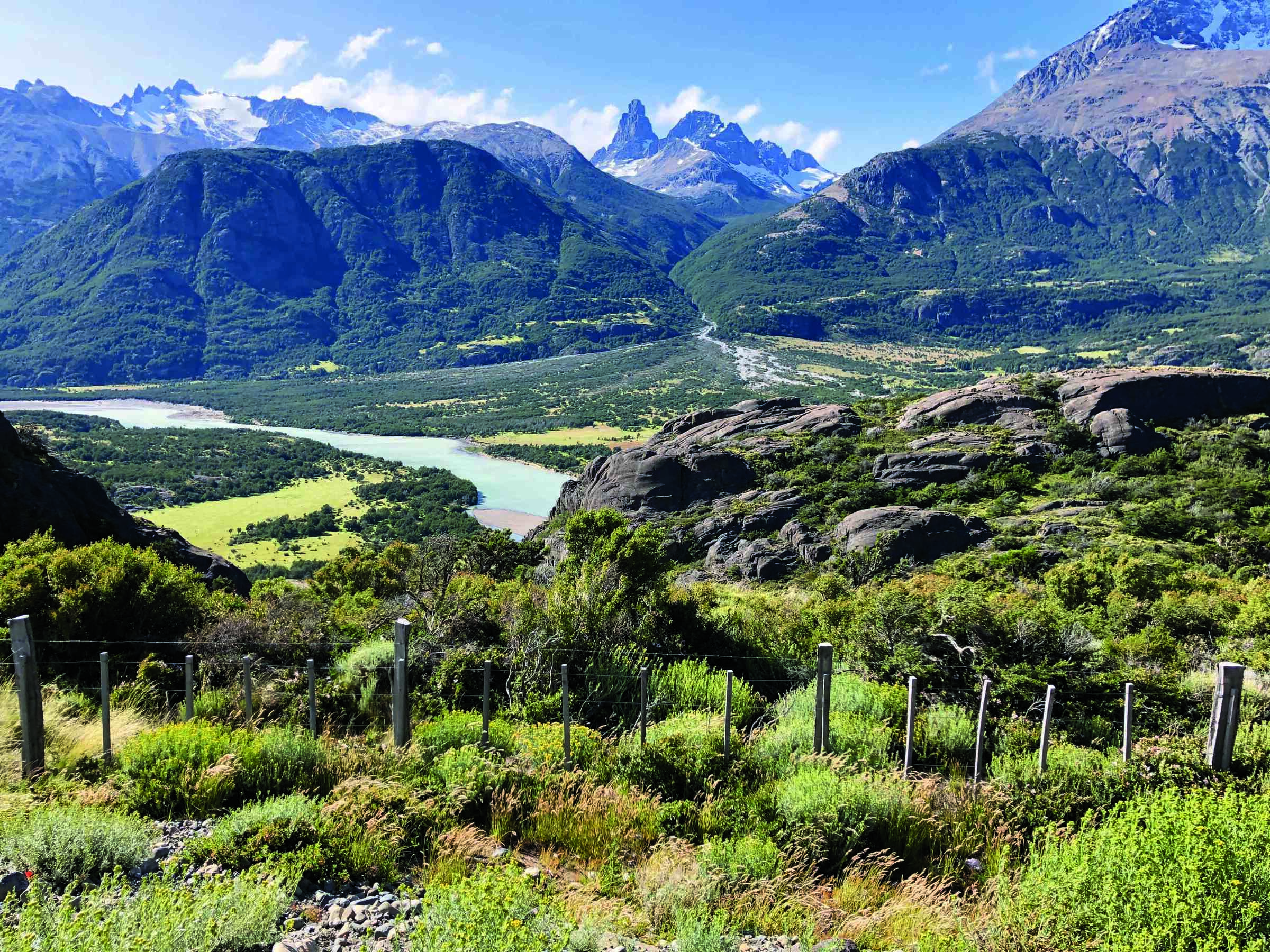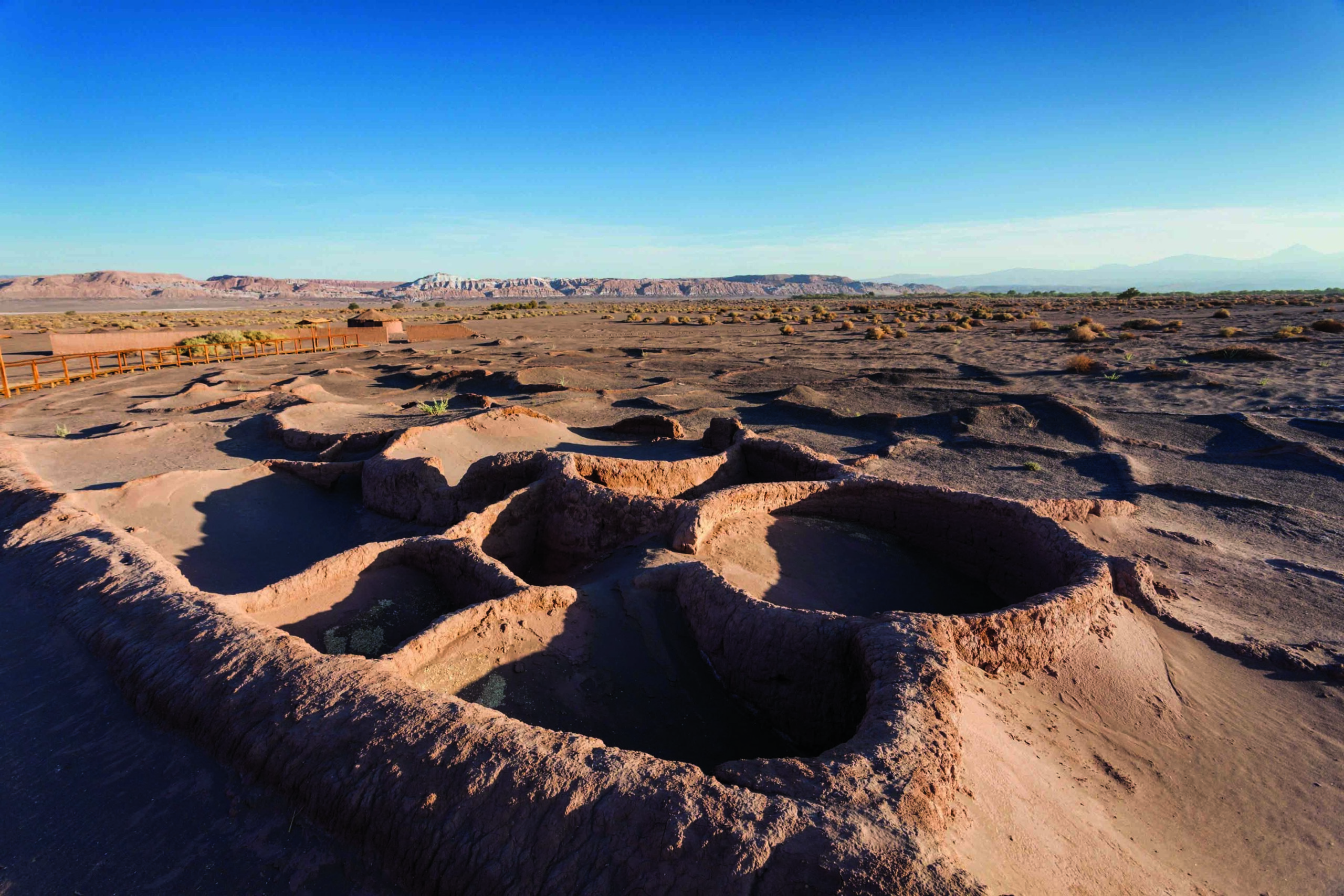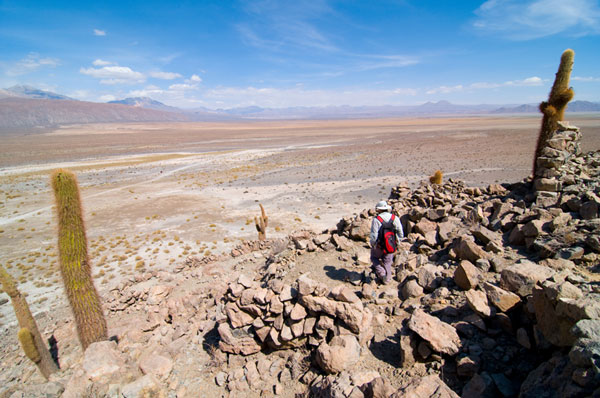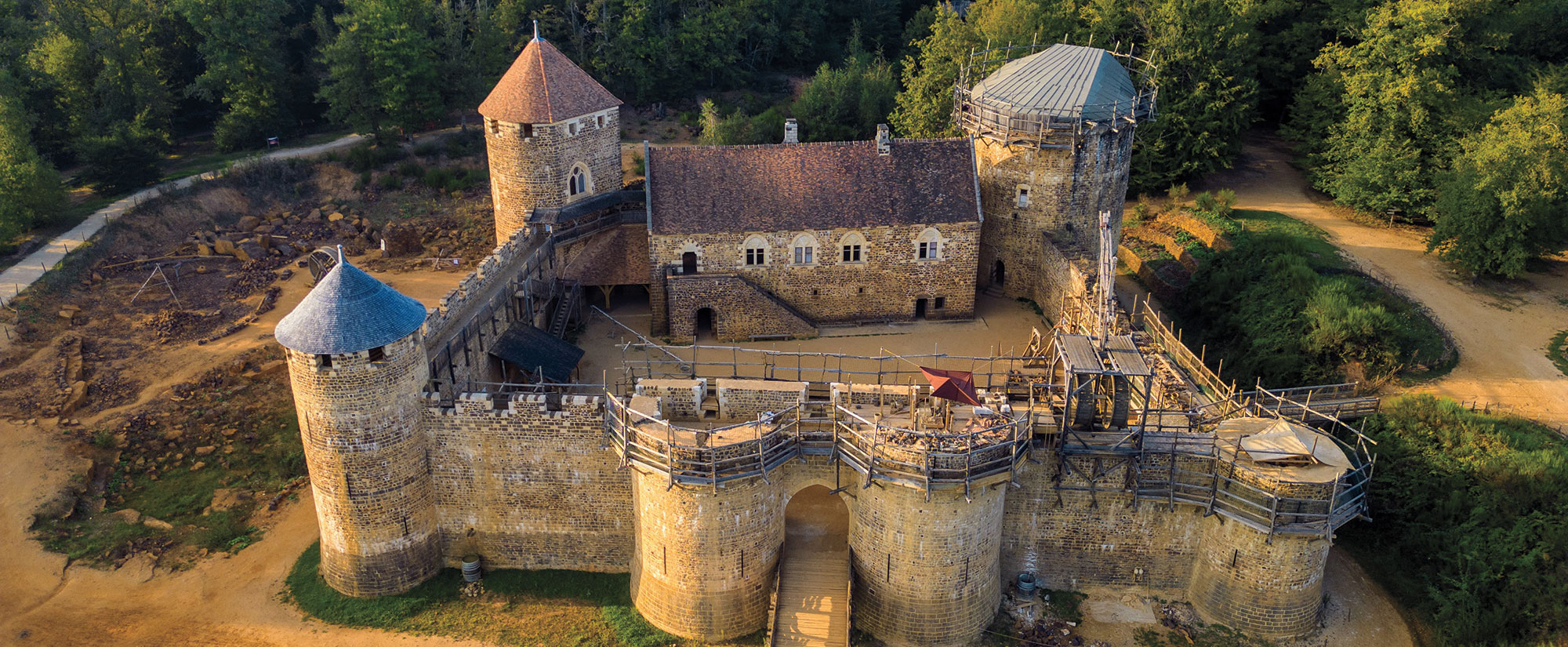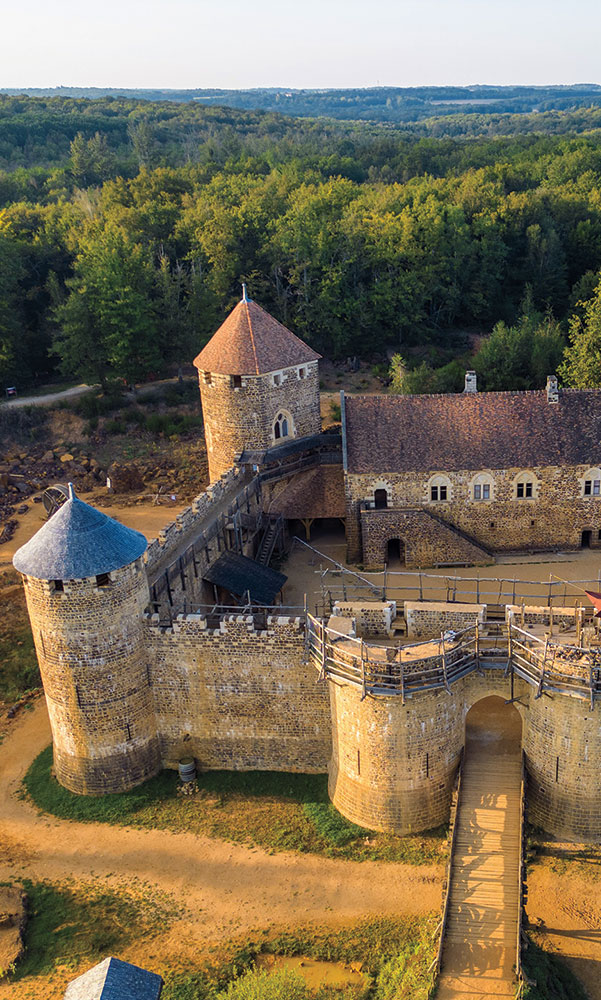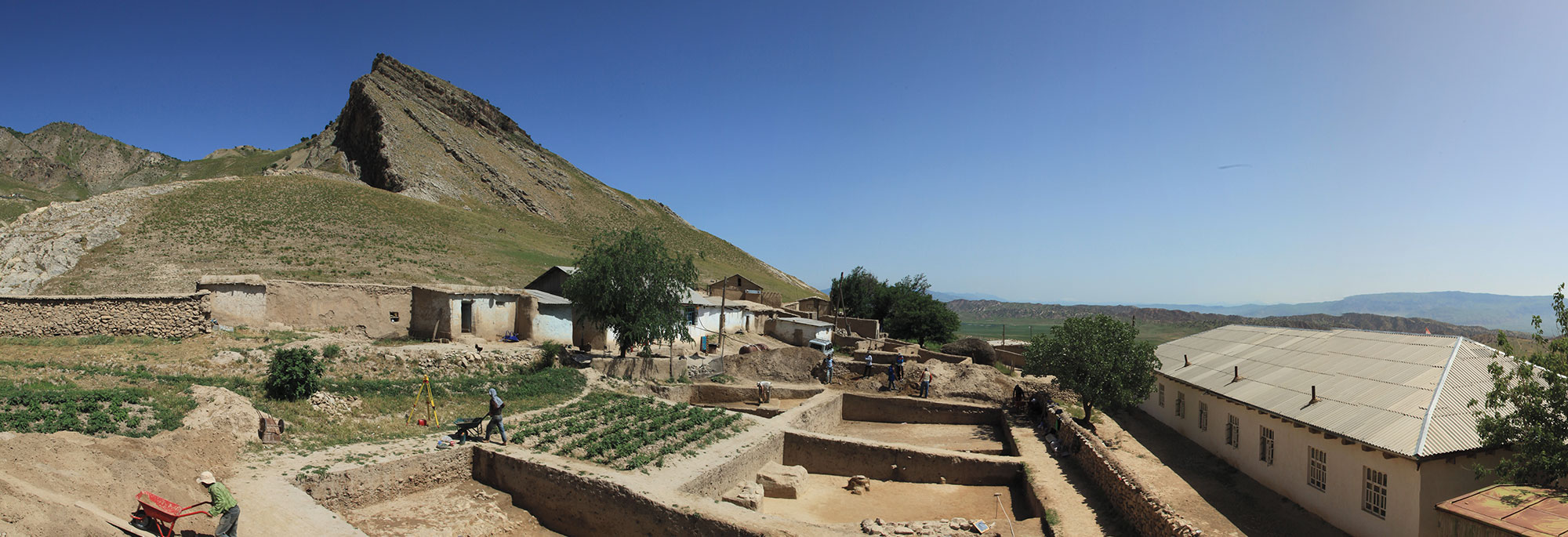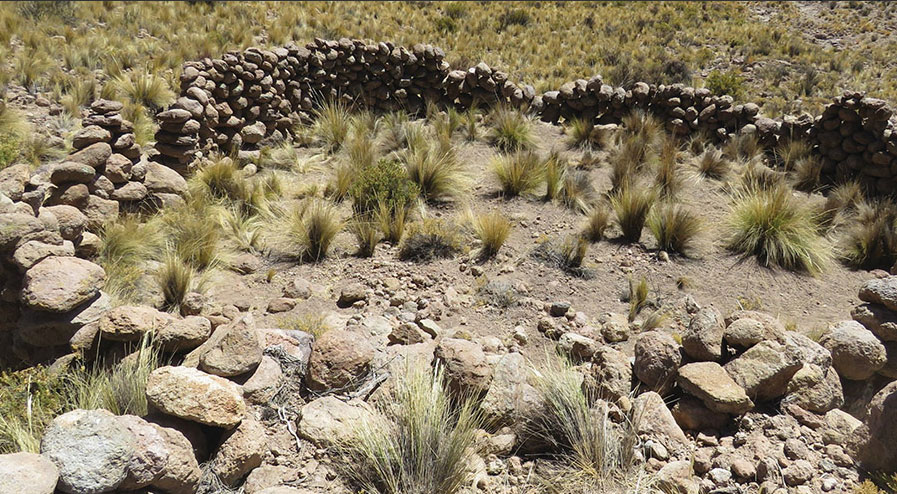
EXETER, ENGLAND—According to a statement released by the University of Exeter, traces of 76 stone chacus, or funnel-shaped traps, have been spotted in satellite images of northern Chile by Adrián Oyaneder of the University of Exeter. The dry-stone walls of the chacus stretch downhill for hundreds of yards, and end in pits surrounded by enclosures. Hunters would have driven vicuña into the traps and then collected them from the pits. Oyaneder noted that the trap builders sometimes employed natural features in the landscape as arms of their traps. He has also found evidence of settlements in satellite images of Chile’s Western Valleys. “The picture that emerges is of a landscape occupied by a range of human groups from at least 6000 B.C. to the eighteenth century,” Oyaneder explained. “The evidence indicates overlapping lifeways, combining hunting-gathering with agropastoral practices, and a network of short-term seasonal settlements and outposts to help people move across rugged and difficult terrain.” He is now working on dating some of the newly discovered sites. Read Oyaneder's scholarly paper in Antiquity. To read in-depth about hunter-gatherers in South America, go to "Surviving a Windswept Land."


